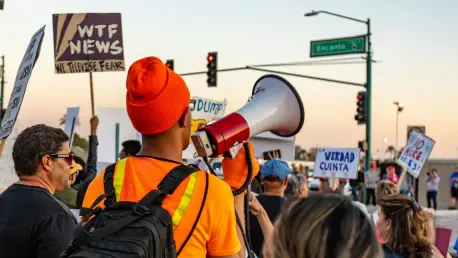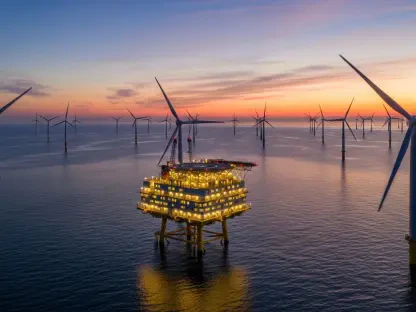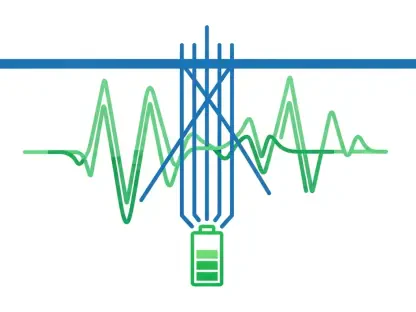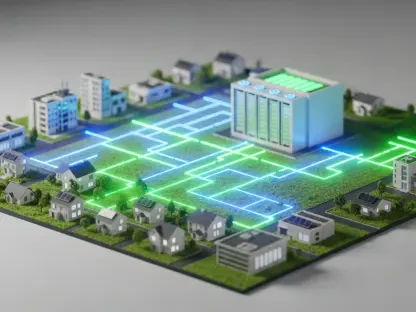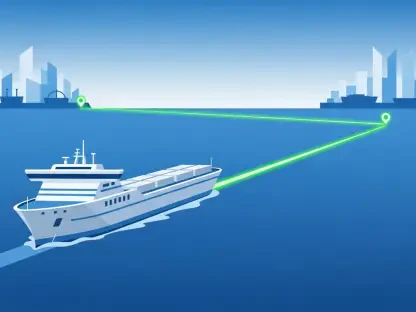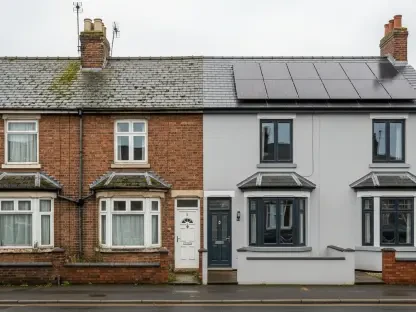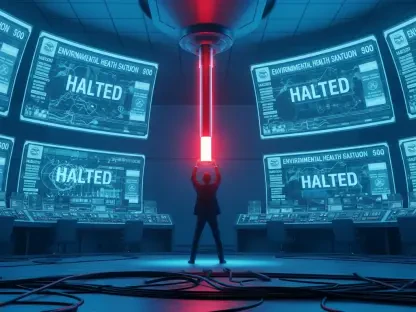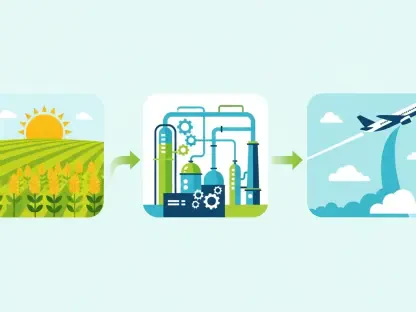Starting October 1, a significant policy shift will alter the commuting landscape for Arizona drivers of alternative-fuel vehicles, including electric, natural gas, and hydrogen-powered cars, as they lose the long-standing privilege of using high occupancy vehicle (HOV) lanes while driving solo. This change arises from the expiration of a federal law that, since its inception in 2005, has served as a powerful incentive for adopting eco-friendly transportation by allowing these drivers to bypass traffic congestion during peak hours. Unless Congress acts swiftly to extend this provision, thousands of commuters, particularly in densely populated areas like metro Phoenix, will need to adapt to a new reality on Arizona’s roadways. The impact is poised to ripple through urban centers in Maricopa, Pinal, and Yavapai counties, where HOV lanes are a critical tool for managing rush-hour gridlock. This development raises questions about the future of green vehicle incentives and the balance between traffic efficiency and environmental goals.
Navigating a New Commuting Reality
The termination of HOV lane access for solo drivers of alternative-fuel vehicles marks a profound change for Arizona commuters who have relied on this benefit to streamline their daily travels. For nearly two decades, this perk has been a lifeline during the busiest times of day, specifically between 6-9 a.m. and 3-7 p.m., when traffic in metro Phoenix often grinds to a halt. With almost 160,000 vehicles registered as alternative-fuel in the state, the scale of disruption is considerable, especially in urban zones where HOV lanes are most prevalent. Drivers now face the choice of finding a carpool partner to meet the two-occupant requirement or enduring longer commutes alongside the general traffic flow, potentially negating one of the key practical advantages of owning such vehicles.
Beyond the immediate inconvenience, this policy shift could alter perceptions of alternative-fuel vehicles as a worthwhile investment for Arizona residents. The loss of time-saving benefits might discourage current owners from maintaining their commitment to green transportation, while prospective buyers may hesitate without the added perk of HOV lane access. This change arrives at a time when urban congestion continues to challenge infrastructure, particularly in growing regions like Maricopa County. The ripple effect could extend to daily routines, work schedules, and even broader lifestyle decisions, as commuters reassess the value of eco-friendly cars in light of diminished practical rewards.
Tracing the Roots of Federal Policy
The federal law permitting solo alternative-fuel drivers to use HOV lanes was initially introduced as a temporary measure to encourage the adoption of environmentally conscious transportation options, tied directly to highway funding regulations. First enacted in 2005, this provision has been extended by Congress on multiple occasions, reflecting a sustained commitment to incentivizing green technology over the years. However, its expiration this year suggests either a deliberate pivot in federal transportation priorities or a lapse in legislative attention. HOV lanes themselves date back to the 1970s, designed to promote ridesharing and reduce fuel consumption during critical periods like the Arab oil embargo, with the primary goal of easing traffic burdens on overtaxed roadways.
This rollback effectively realigns HOV lane usage with its original intent of prioritizing carpooling over individual incentives for alternative-fuel vehicle owners. Such a shift highlights a potential tension between historical traffic management strategies and modern environmental objectives. While the initial policy aimed to boost the market for eco-friendly cars, its cessation could signal a return to stricter interpretations of HOV lane purposes, focusing on maximizing passenger numbers per vehicle rather than rewarding specific vehicle types. This federal inaction leaves state-level stakeholders and drivers to grapple with the consequences of a policy once heralded as a win for sustainability.
Enforcement Challenges and Driver Risks
As the deadline for the policy change approaches, Arizona’s Department of Public Safety (DPS) has signaled a readiness to enforce the updated HOV lane restrictions, though troopers are expected to exercise discretion based on factors like safety and situational context. Importantly, no official grace period has been announced, meaning solo drivers of alternative-fuel vehicles caught in HOV lanes during restricted hours could face immediate penalties starting October 1. Fines begin at a steep $400, with additional surcharges added on, creating a significant financial deterrent for non-compliance. This firm stance underscores the state’s commitment to upholding the revised rules, even as many commuters remain unprepared for the abrupt loss of a long-held privilege.
The uncertainty surrounding enforcement adds another layer of concern for affected drivers, particularly those in metro Phoenix where HOV lanes are a daily necessity. Without clear assurances of leniency, the risk of costly citations looms large, potentially catching many off guard as they adjust to the new regulations. This strict approach by state authorities also raises broader questions about how such transitions are communicated and managed, especially for a policy impacting nearly 160,000 vehicles. Drivers may find themselves navigating not only longer commutes but also the stress of potential legal repercussions, amplifying the overall disruption caused by this federal policy expiration.
Environmental Incentives at a Crossroads
Adding to the challenges faced by alternative-fuel vehicle owners, the expiration of federal tax credits for electric vehicle purchases—offering up to $7,500 for new cars and $4,000 for used ones under $25,000—coincides with the HOV lane policy change, ending on September 30. This simultaneous loss of financial and practical incentives creates a formidable barrier to the continued growth of green vehicle adoption in Arizona. For a state striving to meet sustainability targets, this double setback could stall momentum, discouraging both current owners and potential buyers from embracing environmentally friendly transportation options at a critical juncture.
The broader implications of these expiring benefits extend to the delicate balance between managing traffic congestion and promoting eco-conscious choices. HOV lanes were originally engineered to alleviate gridlock through ridesharing, and while allowing solo alternative-fuel drivers was a strategic compromise to support green technology, its removal refocuses policy on maximizing lane efficiency for carpools. This shift may enhance traffic flow in the short term but risks undermining long-term environmental goals by reducing the allure of alternative-fuel vehicles. As Arizona navigates this complex landscape, the interplay between state enforcement, federal policy, and sustainability initiatives remains a pivotal concern for the future of transportation.
